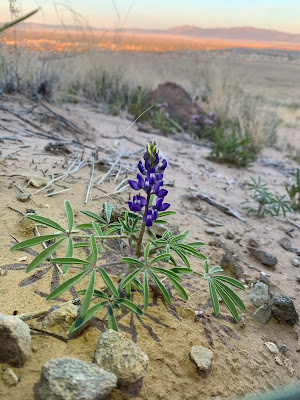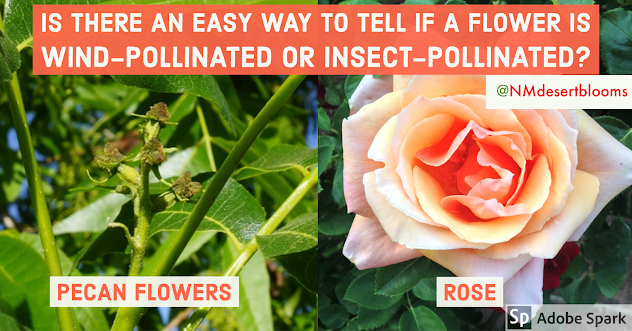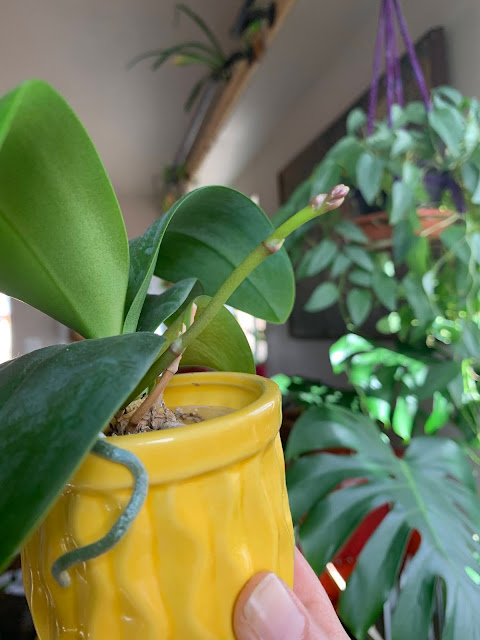Where to Find Wildflowers This Spring

Southwest Yard & Garden by Dr. Marisa Thompson The native wildflower desert lupine ( Lupinus sparsiflorus ) dotted the hillside along the El Cerro de Los Lunas Preserve trails on April 5, 2020. Photo credit Marisa Thompson. From NMSU Extension Circular 678, " Poisonous Plants of New Mexico Rangelands": "Lupines are abundant throughout New Mexico in a wide variety of habitats, including mountain slopes, valleys, and plains. There are over 150 species in the United States, and most are non-toxic. For more info on other lupine species and their toxicity to sheep (and sometimes horses and cattle), visit https://navajorange.nmsu.edu/detail.php?id=155 and https://aces.nmsu.edu/pubs/_circulars/CR678/welcome.html . Cota ( Thelesperma megapotamicum ) in bloom on June 2, 2020, along the trails at the Petroglyph National Monument Volcano Day Use Area. For more info on this interesting wildflower, visit the Santa Fe Botanical Garden website: https://santafebotanicalga

